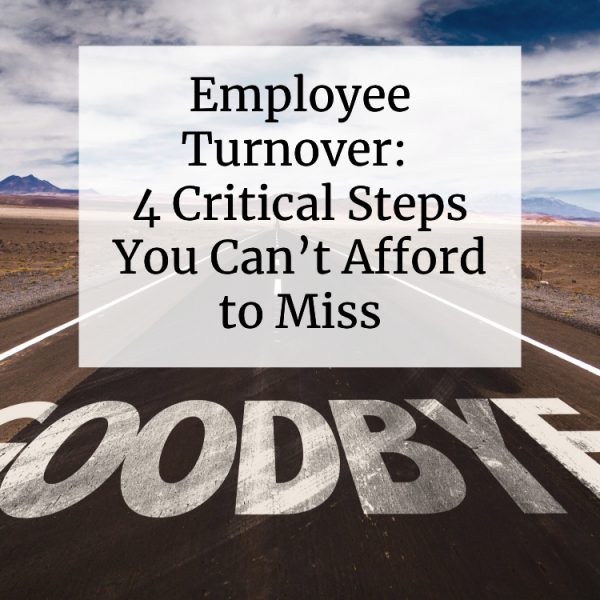Last month we began a journey of diving deep into the topic of employee turnover in Indian Country. Some of the data that’s crossed my desk was expected, but many of the responses made me catch my breath. There’s a lot that goes said about the topic, but so much that doesn’t.
When an employee leaves the organization, there’s more than one hole to fill. Regardless of whether or not it was voluntary or involuntary, the ripple effect goes beyond the tasks that the employee was responsible for. From a work perspective, the tasks can be distributed to others, usually for a short period of time. Often the impact spans multiple departments. There’s also an impact on the culture, which if left unchecked is most often the thing that matters most.
When an employee leaves your organization, it’s important to keep the organization running. However, you’ll need to think of the departure holistically if you want to reduce the total impact of the ripple. Here are a few ideas that you should consider.
Employee Turnover: 4 Critical Steps
1. Attempt Retention
In our last two blogs, we discussed the importance of manager and employee development. Even if you’ve got that down, you’ll still face the inevitable. Employees still leave. Usually, the ones who voluntarily separate do so because they see greener pastures elsewhere.
Obviously, you want to congratulate them, but it’s still possible to get them to stay. Make it clear that their role in the organization is important and articulate their value. Find out why they are leaving, and if there is anything you can do to change their mind. Money is not always the driver of turnover. If you find the right lever to pull, you’ll likely retain an important member of your organization.
2. Get the Facts
Even if you retain the employee, you should still get the facts from a holistic perspective. Pick up the phone, walk around the office, and talk to your employees and stakeholders. What don’t you know about how things are running? Are other employees concerned about the departure? Are they considering leaving? Do they think others might be leaving too?
Listen to and acknowledge stakeholder feelings, feedback, and concerns. Then address them accordingly. If you’re lucky, the departing employee is leaving for money. If you’re not, you’ll need to dive deep into what’s going on in the culture and take steps to start improving.
3. Communicate
Stop the rumor mill immediately. Turnover causes anxiety, reflection, and a host of emotions in other employees. It’s not only about the separating employee. Your entire workforce is curious about how you’re going to handle the departure, and they want to know how it affects them.
Be clear with your employees about how the loss affects your organization. If the departure is unwanted, communicate that it was unwanted. Explain that change is inevitable and that collectively, the organization has a plan in place to make it through the turbulence.
4. Saying Goodbye
It’s critical to perform the exit interview as part of your turnover procedure. The things people say when they think they’ll never be back will make your head spin. But, it’s essential to hear them out if you don’t want to work in (and pay for) an environment with a revolving door.
When employees leave on good terms, take the time to acknowledge the work they did and how they contributed to the overall organization’s success. I see way too many good employees get ignored and shuffled out the back door when they decide to leave. Believe me, everyone sees it too, and they wonder if you’re going to do the same to them.
So, take a moment to pause and celebrate a fantastic employee. Maybe buy some cupcakes on the last day of work or take them out to lunch. You just might find them back when they realize the grass isn’t greener on the other side.

